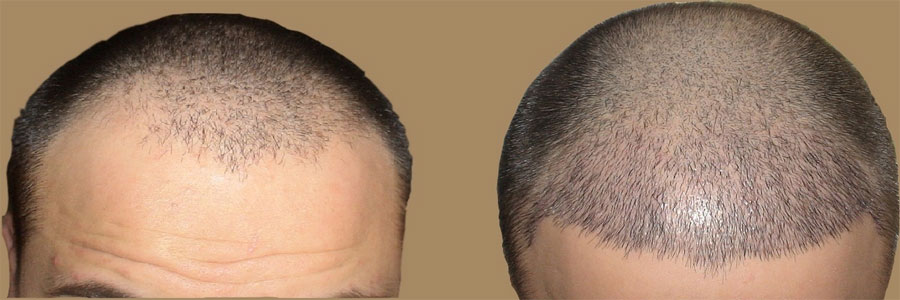
Medical science is advancing rapidly. Slowly, aggressive treatment methods give way to much less invasive methods. PRP is one of the minimally invasive treatment methods that is widely used all over the world today.
This treatment method, which is also known as platelet therapy in Iran, is used to treat hair loss, improve hair growth after hair transplantation, sports injuries and inflammatory diseases. PRP is usually done by injection using a syringe.
In this article, we want to see what this treatment method is, how it works, and what uses it has. Before we get to the point, you should know that the PRP method is very new and not much research has been done on it yet. But the high effectiveness and safety of this treatment has forced many doctors to use it.
What is PRP?
PRP is an abbreviation of “Platelet-Rich Plasma” treatment. In order to be able to explain PRP treatment, you must first understand what plasma and platelets are.
The blood of the body consists of two general parts:
* Hematocrit: This section includes blood cells such as white blood cells, red blood cells and platelets.
* Plasma: the basic and liquid part of blood, which includes water and substances soluble in it, such as proteins, minerals, food, etc.
For PRP treatment, some blood is first taken from your arm. This amount is approximately equal to the blood that is received from you for a blood test in the laboratory; It means about 10 to 20 ml. Your blood sample is placed in a machine called a centrifuge. In this device, different parts of the blood are separated by rapid rotation and based on centrifugal force.
Finally, a solution is obtained that is rich in blood platelets. You are probably familiar with the main role of platelets, which is to clot blood and prevent bleeding. In addition, platelets play a very important role in the process of healing and repairing tissue damage.
After separating and preparing the PRP solution, it will be injected into your skin. When the solution enters the problem area, the growth factors are released from the platelets. These factors perform three important functions:
* They stimulate the formation of collagen. Collagen protein is a kind of cement of your tissues.
* They cause the formation of new blood vessels.
* They organize and divide cells.
Uses of PRP
Platelet therapy or PRP has many uses, some of which we have mentioned below:
hair growth
Doctors use PRP injections into the scalp to reduce skin inflammation and stop hair loss. One of the ways to treat female pattern hair loss or androgenetic alopecia in women is PRP injection, which increases the thickness and density of hair. Of course, this method for treating this disease does not have a confirmed effect.
Note: PRP results are not definitive and fully proven for the treatment of hereditary hair loss in men.
hair transplant
In hair transplantation, PRP is used as an injection or spray for the hair recipient area. In this way, the process of placing the grafts in the scalp is done faster and the small wounds of the recipient area heal faster. Also, if there is a possibility of scarring for the patient, PRP removes this risk to a good extent.
If your hair growth is poor after hair transplant, PRP can be used to improve it.
Tissue repair
Other uses of platelet therapy are to repair tissues and accelerate the healing of injuries. This method of treatment is used for tendon, ligament and muscle injuries.
Reduce inflammation
In some chronic diseases such as osteoarthritis, inflammations occur in the joints. PRP injection is used to reduce these inflammations.
Improve skin condition
Another application of platelet therapy that has gained many fans recently is the treatment of skin diseases and skin rejuvenation. This method can be used to treat lines, wrinkles, dryness, mild wounds, stretch marks, etc.
Recommendations before, during and after PRP
Preparing for treatment
* Two days before the treatment, drink a lot of water and fluids so that your body and skin are fully hydrated.
* One or two weeks before receiving the treatment, eat less fat and reduce the amount of caffeine.
* If you are taking medication or supplements, be sure to consult your doctor before PRP. Some supplements increase the risk of bruising and should not be taken 2-3 weeks before treatment.
During PRP treatment
PRP treatment takes about half an hour to 45 minutes from the time of receiving the blood sample to the end of the injections. For some patients who find the injection annoying or painful, local anesthesia is injected so they don’t have to worry about it. The solution is injected into the skin or desired area using a syringe. For treatments related to hair transplantation, the solution can be sprayed on the recipient or donor area as needed.
After treatment
* Do not touch your skin for four hours after the treatment. Wait for the injection sites to heal.
* Be careful about the transfer of pollution through wind, dust and sitting hands.
* Do not use cosmetic products for 24 hours after injection.
* Avoid putting cold or warm compresses on the treatment area.
* To sleep, put some pillows under your head or lie half-lying. Try to keep the treatment area high and not in contact with the pillow.
* Use sunscreen for a month after treatment.
* Your skin may be a little sensitive for a week after the treatment.





